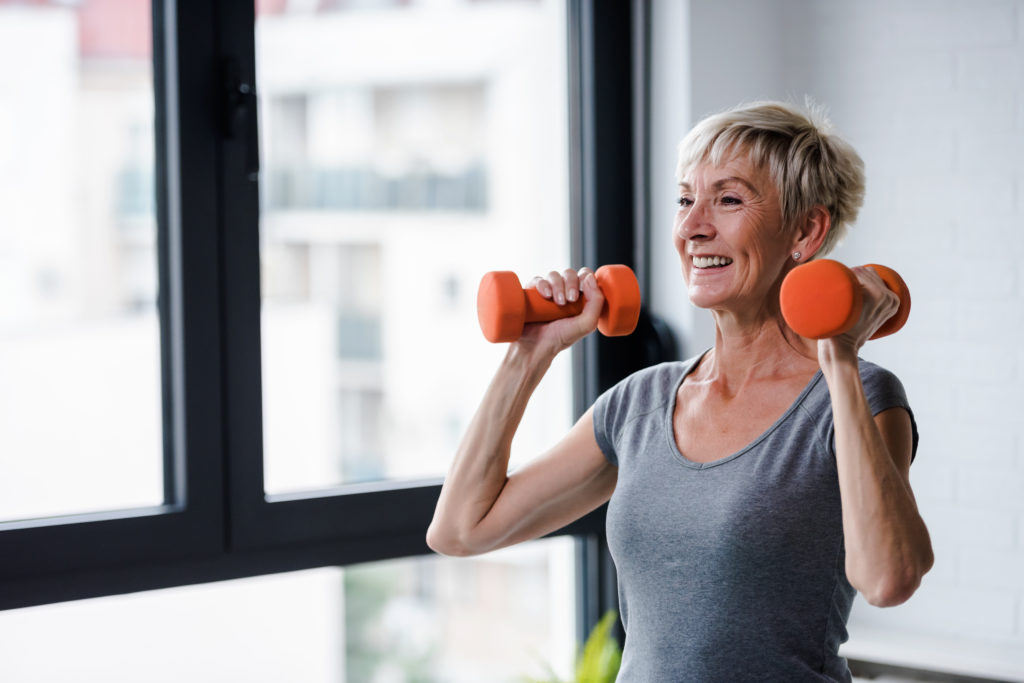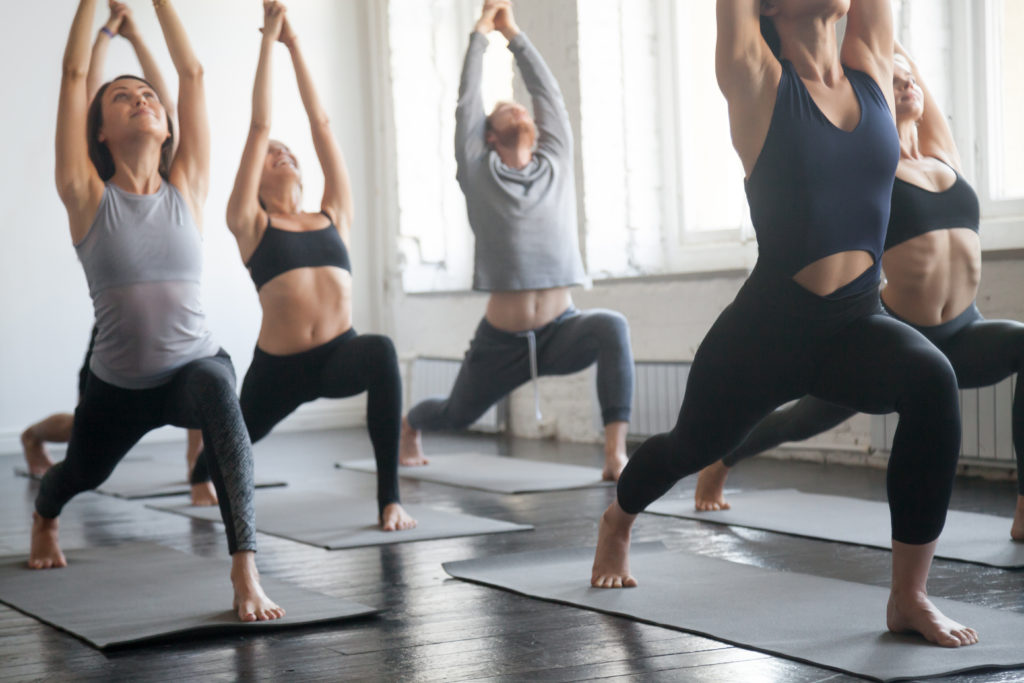According to the Anxiety and Depression Association of America, only about 36.9 percent of those suffering seek out a treatment strategy.
This could be because they are underreporting their condition, perhaps they don’t think they have a problem or maybe they fear the side effects associated with conventional medication.
If you fall into any of these categories, there is a safe and sound treatment that is completely natural and won’t steer you wrong when you’re looking to avoid the conventional route. And that is, exercise. But the question then looms, which form is best? The answer is a little more in-depth than meets the eye.
The Gym Scene
The gym is a wonderful place to sculpt your body, burn fat, meet new friends and get into the best shape of your life. But there is a bit of a caveat to all of this. In order for you to go every day, you have to make yourself vulnerable.
Far too many times, people get massive anxiety and even suffer all-out panic attacks during a session at the gym. It’s not necessarily anything that anyone else does either. It more revolves around the fear that they’re not going to fit in or they’re going to be judged in some way or another.

This might sound like nothing to someone who does not have bad anxiety or panic issues. But to the person who does, it can really hinder their health goals. And the sad reality is, exercise CAN help reduce anxiety, depression and panic-stricken states. So it’s almost a catch-22.
If this sounds familiar to you, a solution to the problem would be to work out at home or find a time to go to the gym when it’s not as busy.
But, there is another school of thought here too. There are some people who actually get anxious and panic with the thought of doing a workout alone or going to the gym without a lot of people there.
If this sounds more like your situation, then you should look into doing fitness classes, working out with a trainer, or working out with a friend or group of friends who all have a good attitude and are positive thinkers.
Once you have this issue resolved, you then have to arrive upon a form of exercise that is going to give you the best bang for your buck on intrinsically battling anxiety and panic issues. Here’s a dive into what various forms of exercise have to offer in this arena.
Strength Training
Strength training involves lifting weights to help build strength, muscle and oftentimes bulk. It is performed by doing a series of sets to work one specific muscle or multiple muscles at the same time.

In the big picture, this form of training does not get a lot of credit for being top-notch in the reduction of anxiety, panic and depression. It can still make you feel good about yourself though. Especially if you achieve something monumental like breaking a previous record with a weight you lifted.
Cardiovascular Training
You can best describe cardiovascular training as repetitive movement that involves the major muscles and is performed for an extended period of time with no excess load. Running, biking, swimming, elliptical training and rowing are a few examples.
The deal with “cardio” is it gets the heart rate elevated and causes you to break a sweat and burn a good amount of calories all on one. This transfers nicely to weight reduction. But there is another phenomenon that takes place during cardio. Endorphins are released. These are feel-good hormones that can take the edge off any bad mood or panic attack.
Have you ever heard of the “runner’s high?” That’s exactly what this means. You get an elated feeling from the exercise without having to resort to artificial or illegal means.
All this being said, cardio can really hit home when it comes to improving your mood, cutting your anxiety and staving off panic attacks.
Yoga
Probably the first thing that comes to mind when you think of yoga is, ohmmmmm… But there’s way more to it than a chanted phrase used during a meditative pose at the end of a practice.

Yoga is all about holding your body steady in positions for say, 30 seconds and longer. This exercise form improves flexibility, strength, mobility, balance and even brain function.
When it comes specifically to anxiety though, there is another aspect that needs to be addressed. And this is what makes it really good as a treatment option.
While you are holding said poses, you must be 100 percent present or else you run the risk of flopping over. Additionally, you have to take deep breaths in and out. Breathwork alone can be very beneficial for anxiety, panic and depression. Couple it with the medium of yoga and you have a two plus two equals four situation.
Ecotherapy
Although cardio has been explained, it’s also fitting to mention a newer term in fitness circles called ecotherapy. This simply means connection with mother nature. When you go outside and expose yourself to beautiful views and the other bounties that mother nature has to offer, it has a very settling effect on the brain and body.
It can be as simple as going for a walk at a local park, taking a ride on your bike through some pasture land or going for a hike in a mountainous area. All of which has a major impact on mood and putting the mind at ease. This can quickly and easily translate to anxiety reduction.
Summing it all Up
You can see what the heaviest hitters are as far as treating anxiety and panic disorders are concerned. But honestly, it really boils down to what works best for YOU. If doing compound exercises with heavy barbells makes you happy, boosts your confidence and takes the edge off your anxiety, then IT is the best form for you.

If hearing birds sing, feeling warm sun on your face and soft sand under your feet distracts your mind and puts a smile on your face, then connecting with mother nature is going to be your best option.
But at the end of the day, you can’t go wrong with ANY form of exercise. And if you blend two or three modalities into your daily regimen, you will likely find that to be the most therapeutic.



